You wouldn’t believe the treasures hiding right here in our own North Carolina soil! This state is a goldmine for anyone with an eye for valuable rocks, minerals, and gems.
Whether you’re a dedicated collector or just looking to make a little extra cash, North Carolina’s rich geology offers incredible opportunities to strike it lucky.
I’ve always loved exploring the outdoors, but there’s something extra exciting about knowing you might stumble across a gem worth thousands of dollars.
Did you know North Carolina is famous for its emeralds? In fact, some of the largest and most valuable emeralds in the world have been unearthed right here. And don’t even get me started on our sapphires—they’re like something out of a pirate’s treasure chest.
I’m going to share some of the most amazing rocks, minerals, and gems you can find in North Carolina—and more importantly, I’ll show you exactly where you might stumble upon these treasures!
The Most Valuable Rocks, Minerals, And Gems You Can Find In North Carolina
Here’s a full list of what you might discover while exploring our state.
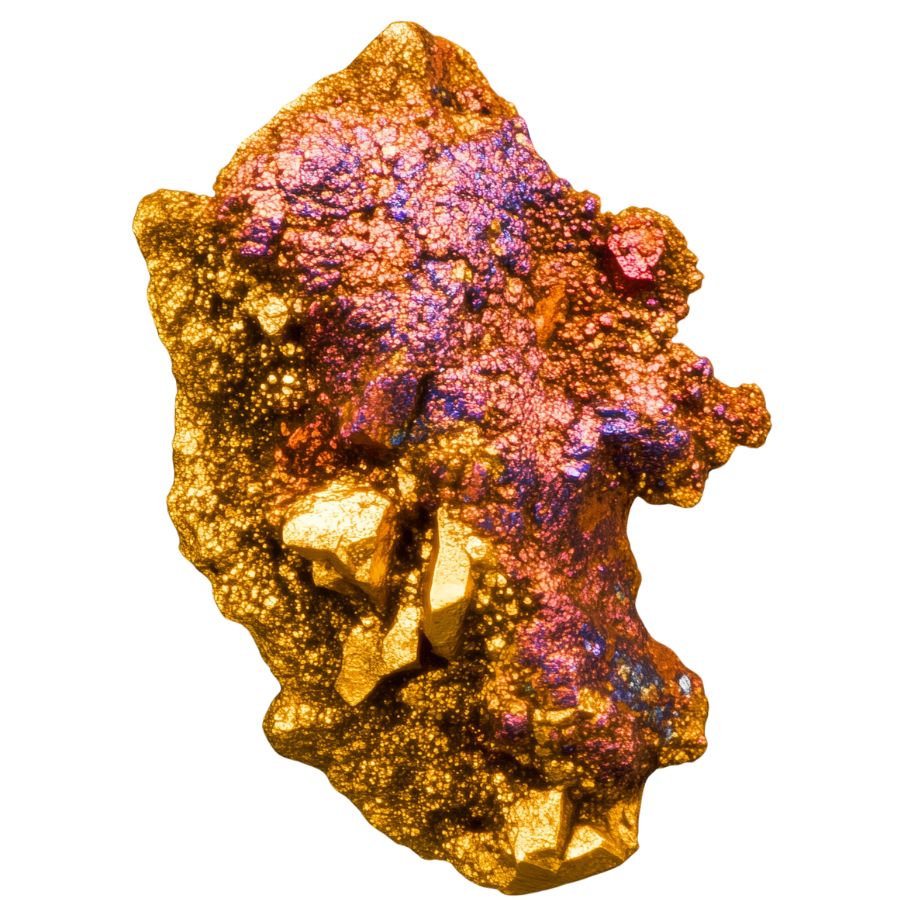
Gold
Gold in North Carolina comes in a few forms. The most common are small flakes and fine particles found in riverbeds and streams, but if you’re lucky, you might stumble upon a nugget.
Most of our gold is what geologists call “placer gold,” which has been carried by water and settled in certain areas. There’s also “lode gold,” found in veins of quartz deep underground, often left behind by mining operations from the 1800s.
Why It’s Valuable
Gold isn’t just valuable because it looks good on jewelry. It has a universal appeal and is used in electronics, aerospace, and even medicine because it’s a great conductor and resistant to corrosion.
Plus, its rarity and the effort it takes to extract make it worth quite a bit. Beyond its practical uses, though, gold holds a certain magic—it’s tied to adventure, dreams, and the thrill of discovery.
Great Places to Find It Here
North Carolina is packed with spots where you can try your luck at gold panning or exploring old mines. Here are a few recommendations:
- South Yadkin River (Iredell County): The Yadkin River system is a historic gold prospecting area. Focus on bends in the river where gold tends to settle after being washed downstream.
- Uwharrie National Forest: Known for its streams and creeks, this area has long been a favorite for amateur gold hunters.
- Little Buffalo Creek: This peaceful creek has yielded small flakes and nuggets for years. It’s perfect for a day of quiet gold panning surrounded by nature.
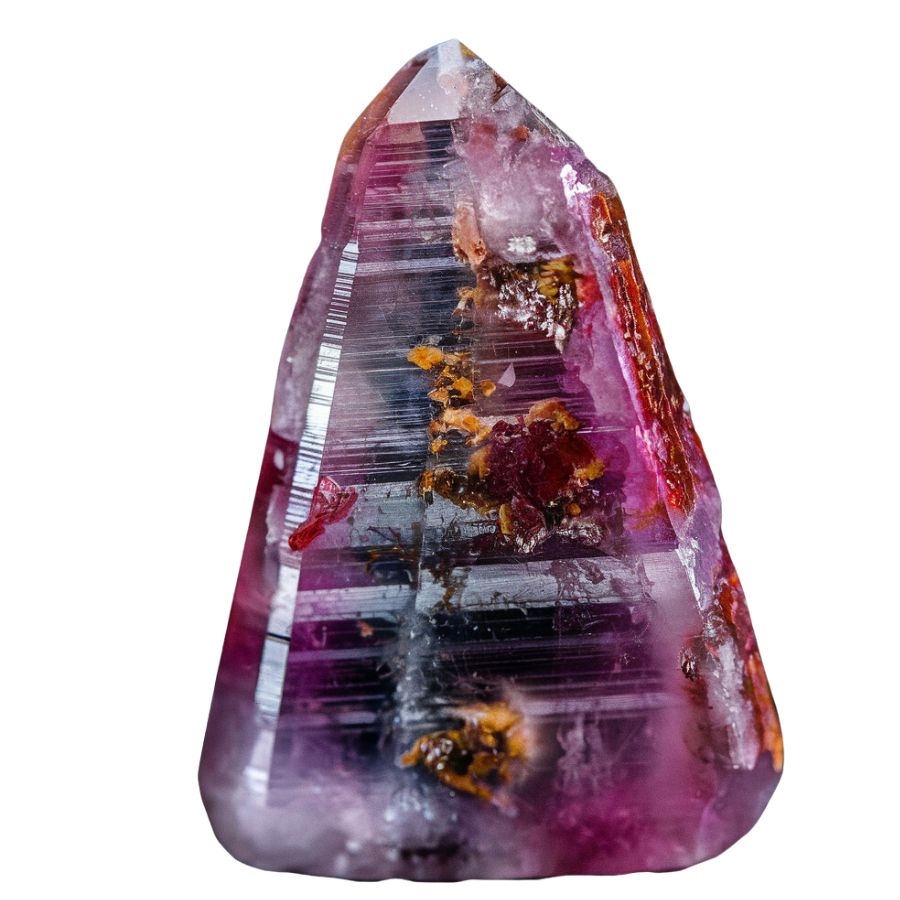
Sapphire
Sapphire is a form of the mineral corundum, prized for its hardness and vibrant colors. In North Carolina, you can find sapphires in shades of blue, pink, and even a rare golden yellow.
What’s special about our local sapphires is their natural beauty and the unique experience of uncovering them yourself. They’re often found in alluvial deposits—places where water has carried and concentrated the stones over time.
Why It’s Valuable
Sapphires are highly valuable because of their rarity, durability, and natural beauty. They’re one of the hardest minerals, second only to diamond, which makes them perfect for jewelry that lasts a lifetime.
Plus, their rich, deep colors make them incredibly eye-catching. Whether you’re a collector, a hobbyist, or just looking for a unique piece of local treasure, finding a sapphire here in North Carolina is an unforgettable experience.
Great Places to Find It
If you’re looking to dig up your own sapphires, North Carolina has some fantastic spots to explore. Here are a few of my favorite places:
- Ellijay Mining District: Located in Macon County, this area has a long history of gemstone mining. It’s known for producing high-quality sapphires.
- Cowee Valley: Cowee Valley is famous for its rich gem deposits. It’s one of the best places to find sapphires, with plenty of opportunities to try your hand at sluicing or digging.
- Black Mountain: Tucked away in the western part of the state, Black Mountain is another hotspot for sapphire enthusiasts.
Discover more Sapphire locations across North Carolina in our comprehensive guide.
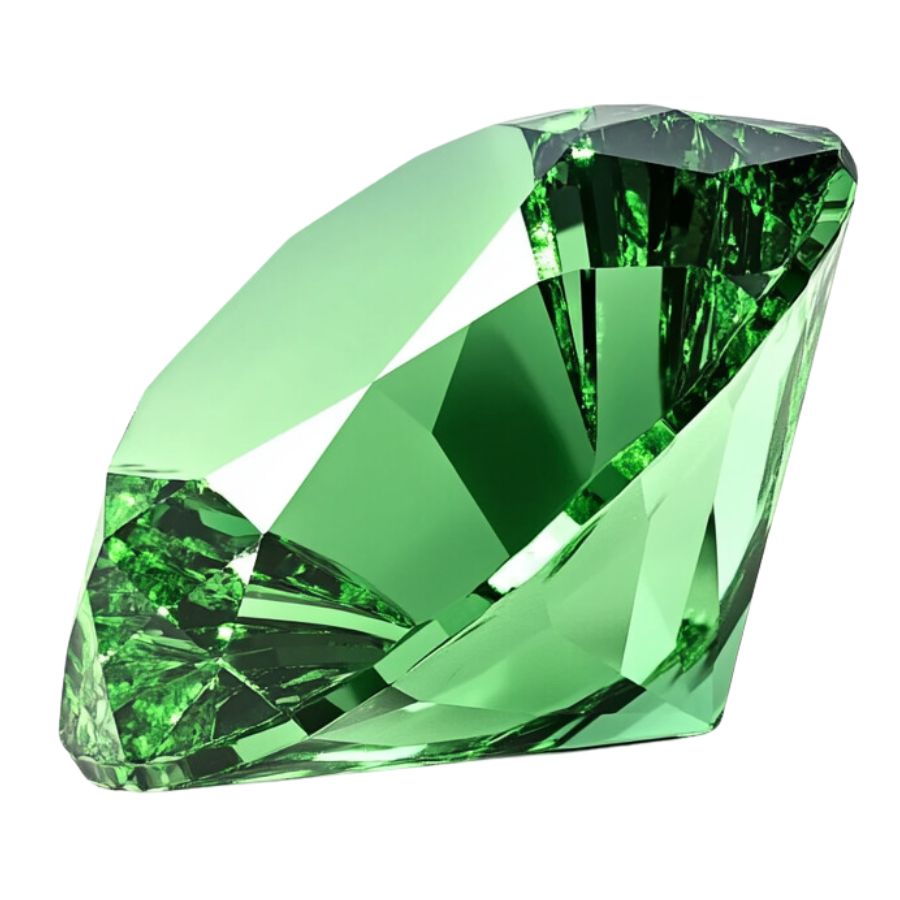
Diamond
In North Carolina, the diamonds you might find are rare, naturally formed crystals. They’ve been discovered in a few areas, often carried along with other minerals like gold or quartz.
While they’re not large in size, they’re real diamonds and an exciting find for any gem enthusiast (Our guide to Diamond locations in North Carolina is available for you).
Why Diamonds Are Valuable
Diamonds have always been associated with beauty, durability, and rarity. Their sparkling brilliance and ability to refract light make them a symbol of luxury and love, which is why they’re so popular in jewelry.
On top of their aesthetic appeal, diamonds are also valuable in industrial applications because of their unmatched hardness, used for cutting, drilling, and polishing tools.
Great Places to Find Diamonds in North Carolina
If you’re ready to try your luck at finding a diamond, you don’t have to look far. North Carolina has a few great spots where you might stumble across one while enjoying a day outdoors. Here are some top recommendations:
- Kings Mountain: This area, known for its rich mineral deposits, has a history of yielding gems, including the occasional diamond.
- South Muddy Creek: The creek’s sediment has been known to carry small gems and minerals, making it worth checking out.
- Hollands Creek: Some persistent explorers have reported finding small diamonds here over the years.
You can read our complete guide about Diamond deposits in North Carolina for more locations.
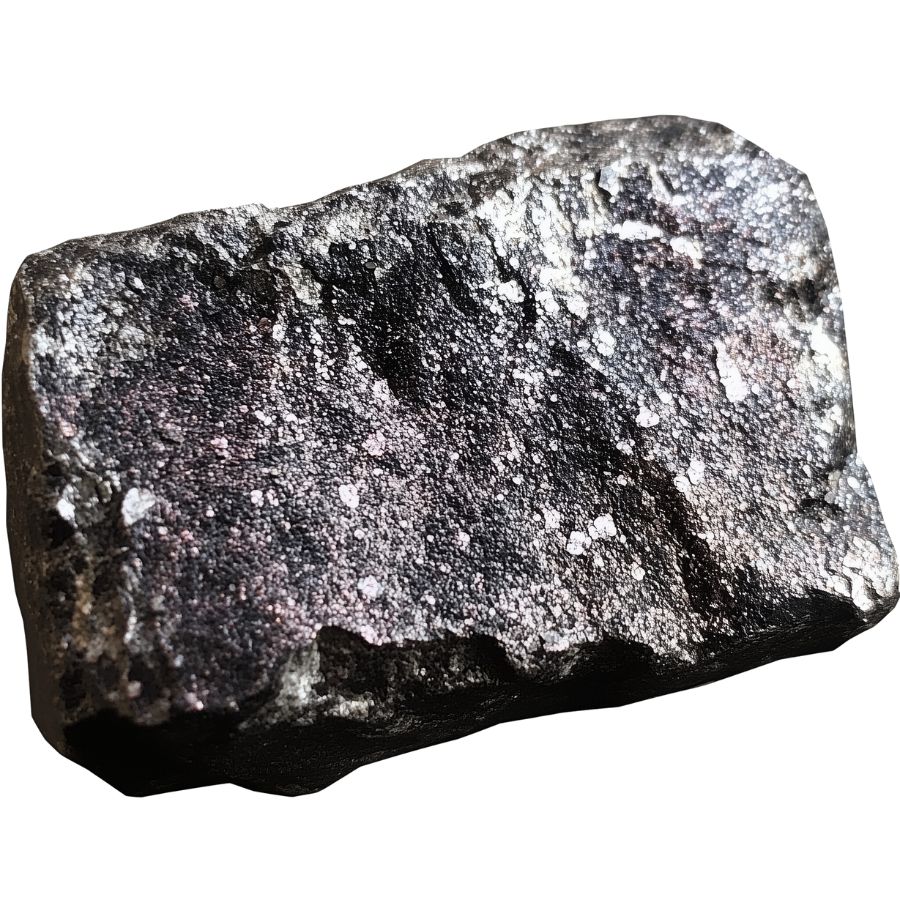
Silver
Silver is a precious metal that’s usually found in its pure form or as part of minerals like argentite and galena. Here in North Carolina, silver often shows up alongside lead and other minerals in the Appalachian region.
It’s not just about shiny jewelry or coins; silver has industrial uses too, like in electronics and medicine. The silver found here tends to be part of ore deposits, making it a bit more of an adventure to extract.
Why It’s Valuable
Silver is prized for its beauty, durability, and versatility. You can melt it into stunning jewelry, use it in high-tech gadgets, or even take advantage of its antimicrobial properties.
Historically, silver has been a symbol of wealth and currency, and today, it’s still a popular investment. Its rarity in North Carolina adds to its intrigue—finding silver here feels like uncovering a hidden treasure.
Great Places to Find It Here
If you’re feeling adventurous and want to try your luck at finding silver, there are a few spots in North Carolina worth exploring:
- Silver Hill Mine: This historic mine has been known for silver production since the 1800s. It’s a fascinating spot to visit and learn about the state’s silver history.
- Hazel Creek: Nestled in the Great Smoky Mountains, this area has a rich mining history and has yielded small amounts of silver along with other minerals.
- Eldorado Mine: Part of the historic Uwharrie gold rush, this site also has connections to silver discoveries.
We’ve published a list of Silver hunting locations in North Carolina for you.
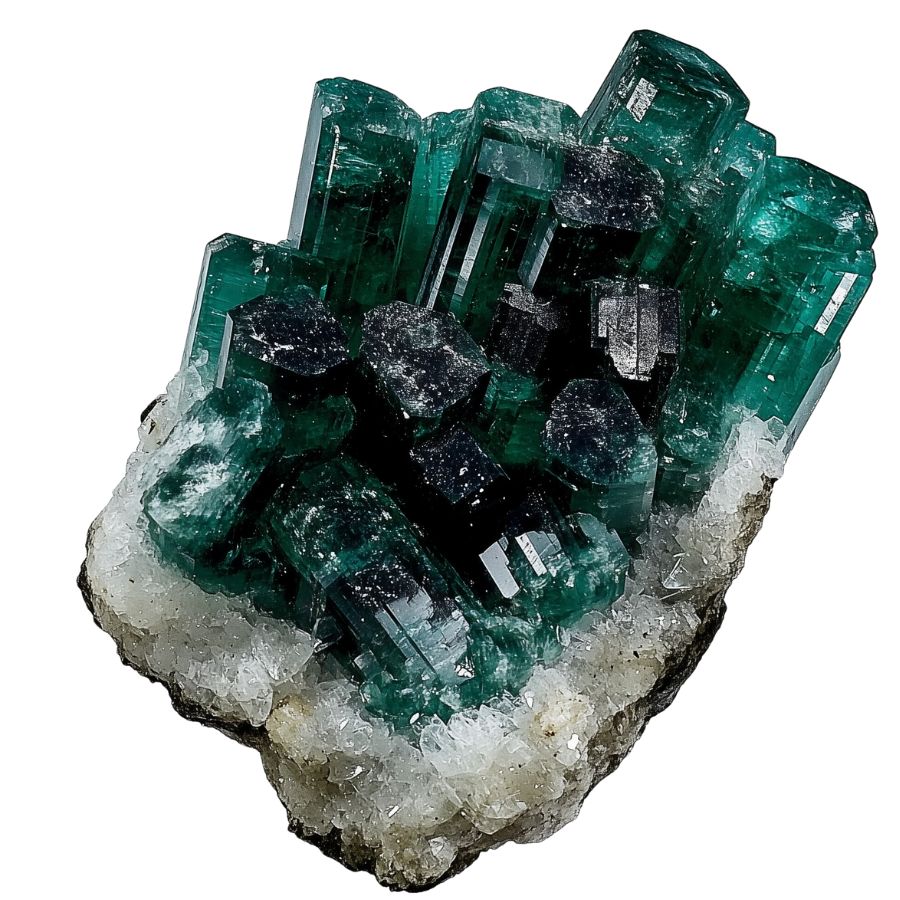
Emerald
Emeralds are a variety of the mineral beryl, known for their rich green hue, caused by trace amounts of chromium and vanadium.
Here in North Carolina, the emeralds are especially famous for their deep, vibrant green color and remarkable clarity.
Why Emeralds Are Valuable
Emeralds have been prized for thousands of years, symbolizing wealth, beauty, and even love. Their value comes from their rarity—quality emeralds are much harder to find than diamonds—and their breathtaking color.
In North Carolina, our emeralds are especially valuable because they’re often of high quality and come with the prestige of being sourced locally.
Great Places to Find Emeralds in North Carolina
If you’re itching to dig for your own emeralds, you’re in luck! North Carolina has some fantastic spots where you can try your hand at gem hunting. Here are my top recommendations:
- Emerald Hollow Mine: Whether you want to pan for gems, dig in the dirt, or sift through buckets of material, this place offers it all. Plus, it’s known for producing some stunning emerald finds.
- Thermal City Gold Mine: While this spot is famous for gold panning, you can also uncover emeralds and other gemstones. beginners and seasoned hunters alike.
- Crabtree Emerald Mine: Crabtree is now open to the public for gem hunting. It’s a bit of a hike to get there, but the chance to find emeralds in their natural environment is well worth the effort.
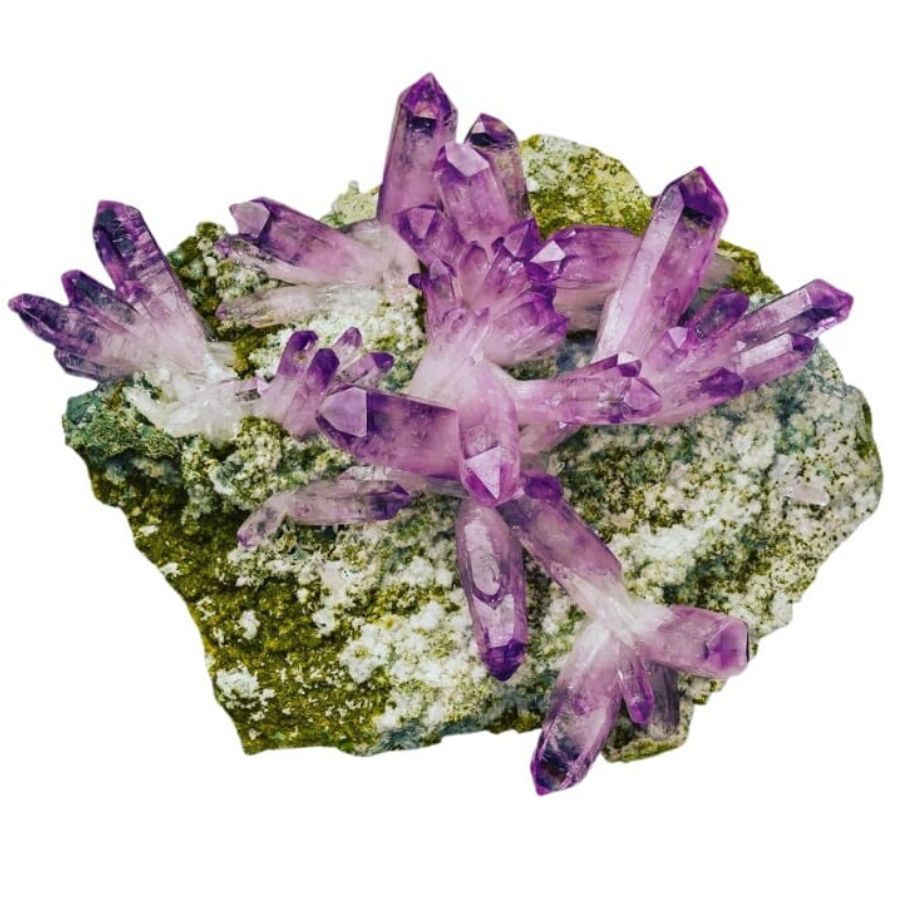
Amethyst
Amethyst is a variety of quartz known for its gorgeous purple color, caused by trace amounts of iron and natural radiation over time.
In North Carolina, you’ll typically find amethyst with shades that lean toward lavender or medium purple, although some rare finds have deeper, more vibrant colors.
Occasionally, you’ll see specimens with zoning, where the color changes from light to dark across the stone.
Why It’s Valuable
Amethyst is valuable not only for its beauty but also for its rarity, especially high-quality specimens. The color, clarity, and size of the crystal all play a role in determining its worth.
Beyond its monetary value, amethyst is prized for its metaphysical properties. Many people believe it promotes calmness, clarity, and balance—qualities that make it a favorite among gemstone collectors and enthusiasts.
Great Places to Find It Here
There are some fantastic spots to search for Amethyst in North Carolina. Here are three must-visit places:
- Iredell County: It is known for producing some beautiful specimens of amethyst. Exploring the creeks and soil here could lead to discovering crystals with rich hues and excellent clarity.
- Tessentee Creek (near Franklin): Located in the southwestern part of the state, this spot has yielded some truly gorgeous amethyst crystals over the years.
- Franklin County: Franklin County offers opportunities to find gems in both private and public areas. It’s a great option for anyone who enjoys exploring off-the-beaten-path locations.
Explore additional Amethyst sites throughout North Carolina with our detailed guide.
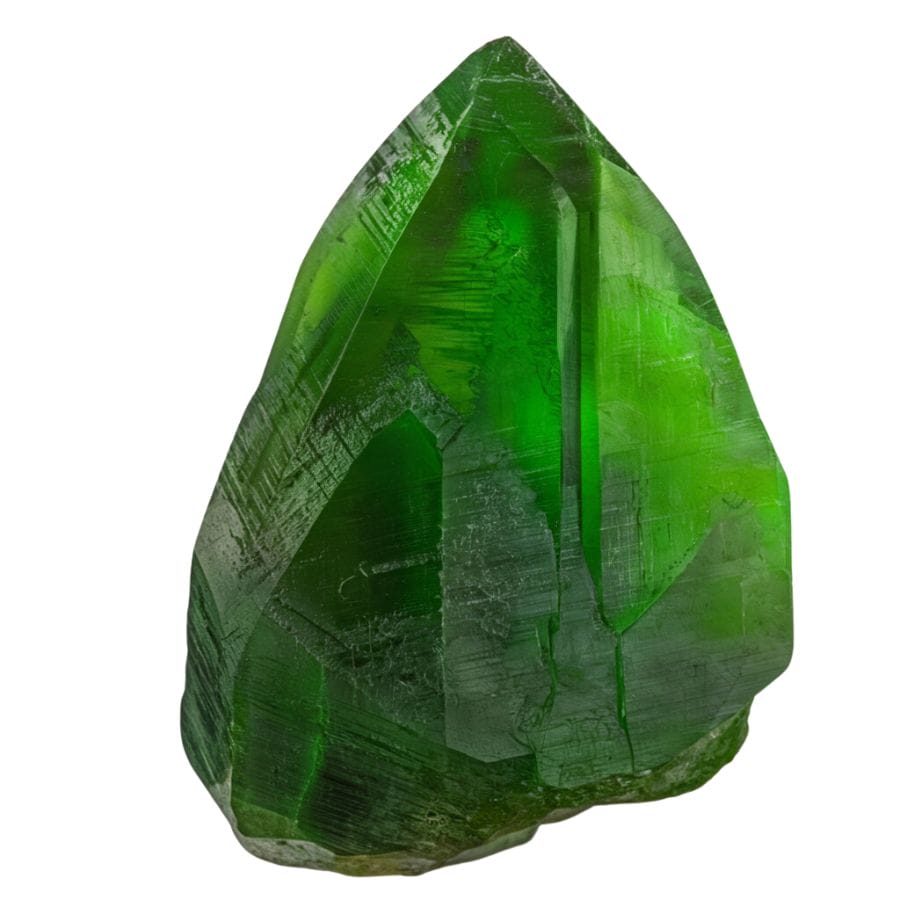
Peridot
Peridot is a gem-quality mineral made from olivine, and its beautiful green color comes from iron in its structure. In North Carolina, you’ll typically find peridot in igneous rocks, like basalt, formed from volcanic activity millions of years ago.
The stones here are usually smaller but still retain their bright, vivid green color, which makes them great for jewelry or collections.
Why It’s Valuable
Peridot is one of the only gems that comes in just one color, though its shades can vary slightly from light to dark green. The brighter and more vibrant the green, the more valuable it is.
Because peridot forms deep within the Earth’s mantle, finding it is like uncovering a little piece of ancient Earth history. Plus, wearing a peridot is thought to bring positivity and good energy.
Great Places to Find It Here
If you’re ready to grab a rock hammer and head out, North Carolina has some great spots to start your search for peridot.
- Cullakanee Mine: It’s a great place to dig for peridot, along with other minerals, in a peaceful mountain setting.
- Elijah Mountain Gem Mine: Situated in Hendersonville, this family-friendly mine offers an easy way to search for peridot and other gemstones.
- Blue Ridge Mountains: The rugged terrain of the Blue Ridge Mountains holds some promising spots for finding peridot. Exploring these areas might take a bit more effort, but the breathtaking scenery makes it well worth the trip.
Find more Peridot locations in North Carolina by checking our full resource guide.
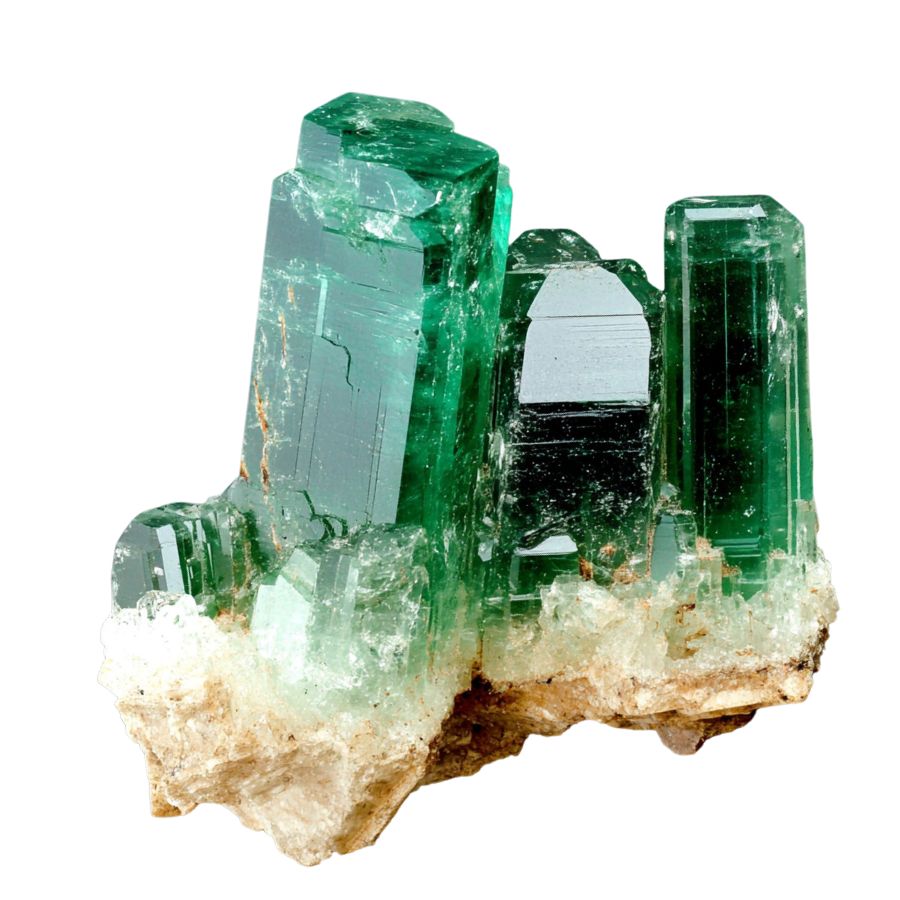
Beryl
Beryl is a mineral made up of beryllium, aluminum, and silicate, and it forms in beautiful hexagonal crystals. Depending on the impurities in the stone, beryl can take on different colors, giving us some of the most sought-after gemstones in the world.
In North Carolina, we’re lucky enough to find several varieties of Beryl. Each one has its own charm, and they’re all treasures worth hunting for.
Why It’s Valuable
Beryl isn’t just pretty—it’s valuable too. Emeralds, in particular, are highly prized for their deep green color and rarity. Aquamarine is adored for its clear, calming blue tone, making it a popular choice for jewelry.
Beyond their beauty, beryl gemstones are durable and perfect for cutting into facets, which adds to their worth. Even raw beryl crystals can fetch a good price because collectors love their unique shapes and colors.
Great Places to Find It Here
Beryl can be discovered in several locations across North Carolina. Here are some top spots where you might uncover your own piece of this gorgeous mineral:
- Brush Creek Mountain: Known for producing aquamarine and other beryl varieties, this area offers great opportunities for adventurous collectors who don’t mind searching rugged terrain.
- Morganton Quarry: This quarry is a productive spot for finding beryl crystals. You’ll need permission to access it, but it’s a rewarding location for serious rockhounds.
- Stony Point: Stony Point is another hotspot for beryl, especially golden varieties. The area’s rich geology has made it a favorite for gem and mineral enthusiasts over the years.
See our complete North Carolina guide for additional Beryl hunting grounds.
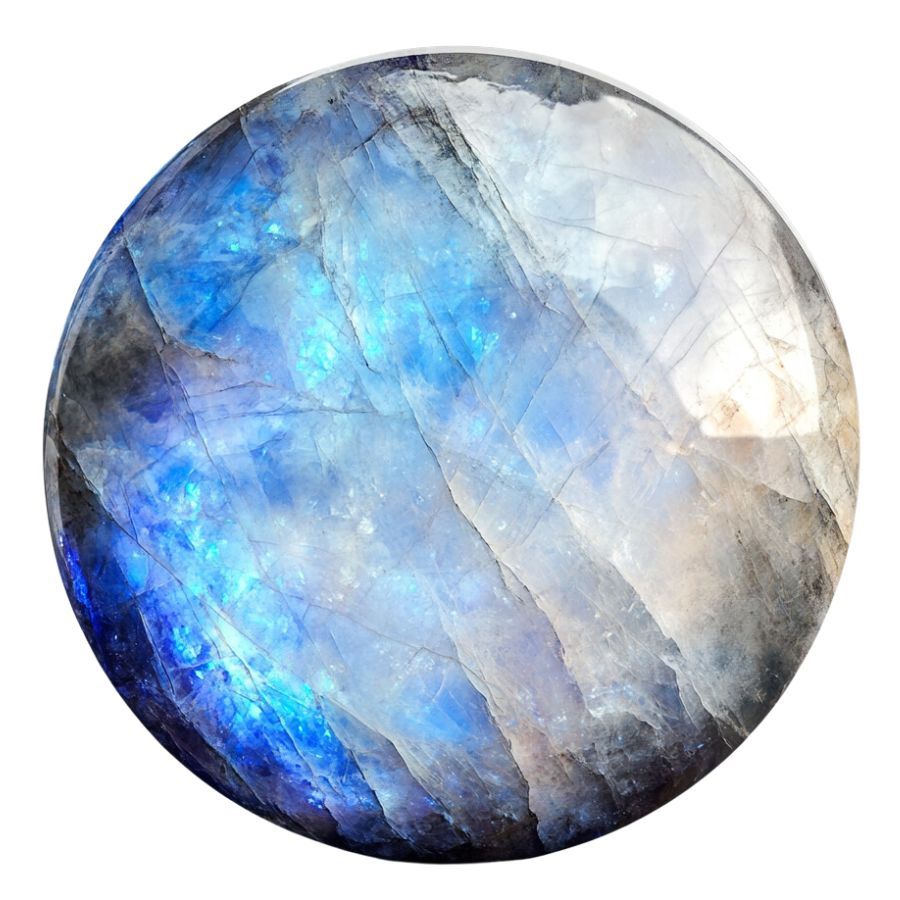
Moonstone
Moonstone is a type of feldspar that forms in thin layers, creating its characteristic glow when light hits it just right.
Here in North Carolina, you’re likely to find moonstones that are creamy white or pale gray, often with a subtle shimmer. Occasionally, you might spot a hint of peach or bluish tones, adding to their beauty.
Why It’s Valuable
Moonstone is highly valued not just for its beauty, but for its symbolic and metaphysical properties. Many people believe it enhances intuition, soothes emotions, and brings a sense of calm.
As a rare find in North Carolina, discovering moonstone can feel like unearthing a personal treasure. Its soft glow makes it a favorite for jewelry, and collectors love it for its uniqueness and the challenge of finding it.
Great Places to Find It Here
If you’re ready to go gem hunting, North Carolina offers a few great spots where you might just uncover some moonstone:
- North Branch Toe River: Sift through the riverbanks and gravel bars, where feldspar deposits might yield moonstones alongside other local gems.
- Rose Creek Mine: Located near Franklin, this mine is a fantastic spot for both beginners and seasoned gem hunters. You can dig and screen for treasures, and moonstone is among the feldspar gems occasionally found here.
- Meadow Mountain: Meadow Mountain is known for feldspar-rich soils, which sometimes hold hidden moonstones waiting to be discovered.
Browse our extensive guide to uncover more Moonstone locations in North Carolina.
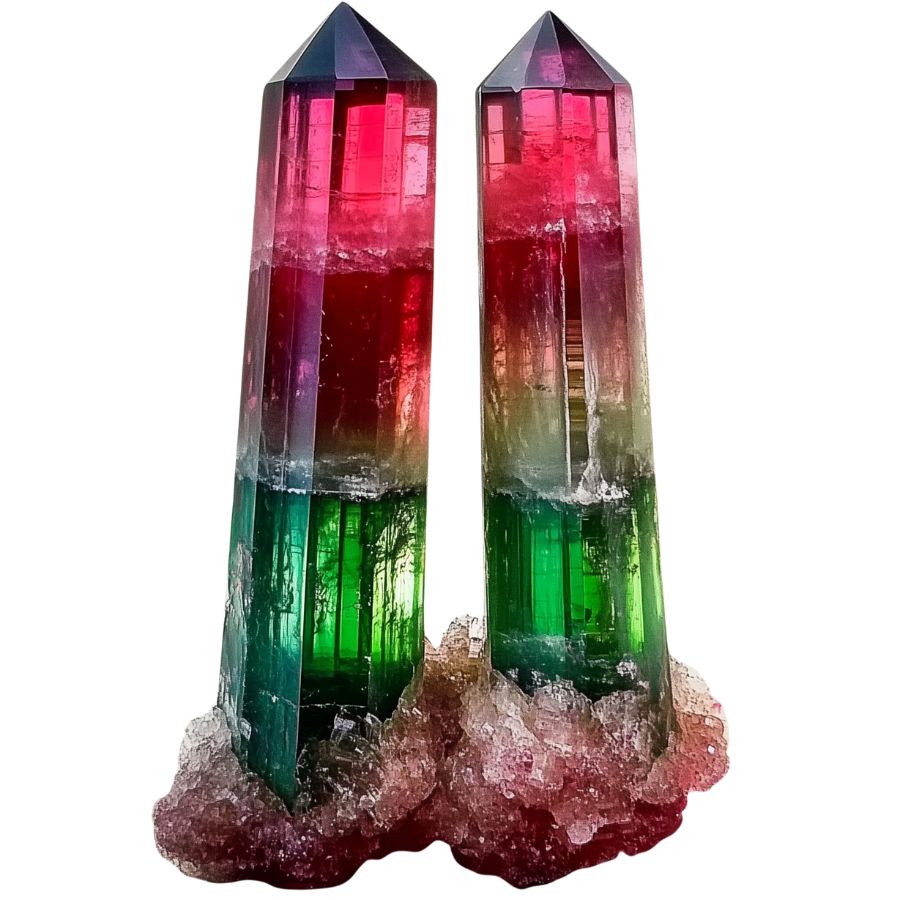
Tourmaline
Tourmaline is a silicate mineral that comes in a rainbow of colors thanks to different elements in its structure. In North Carolina, you’ll mostly find green, black, and occasionally pink tourmaline.
The black type, called schorl, is the most common. But if you’re lucky, you might stumble upon the more vibrant varieties like green and even some bi-colored ones.
Why It’s Valuable
Tourmaline isn’t just pretty; it’s also prized for its durability and unique colors. Jewelers love it because it can be cut into stunning gemstones, and collectors go crazy for the rarer colors.
Plus, some people believe tourmaline has healing properties, making it even more popular among crystal enthusiasts.
Great Places to Find It Here
North Carolina is a treasure trove for tourmaline, and there are a few standout spots where you can hunt for Tourmaline yourself:
- Hanging Dog Creek: A favorite among local rockhounds, Hanging Dog Creek offers the chance to find black tourmaline crystals mixed in with other minerals.
- Toxaway Mountain: Green and black varieties have been discovered in this area, making it a rewarding spot for gem seekers.
- Snow Creek: Snow Creek is another great location for finding black tourmaline. The area has been a hidden gem for those looking to uncover some of North Carolina’s natural treasures.
Access our complete North Carolina guide to locate more Tourmaline deposits.
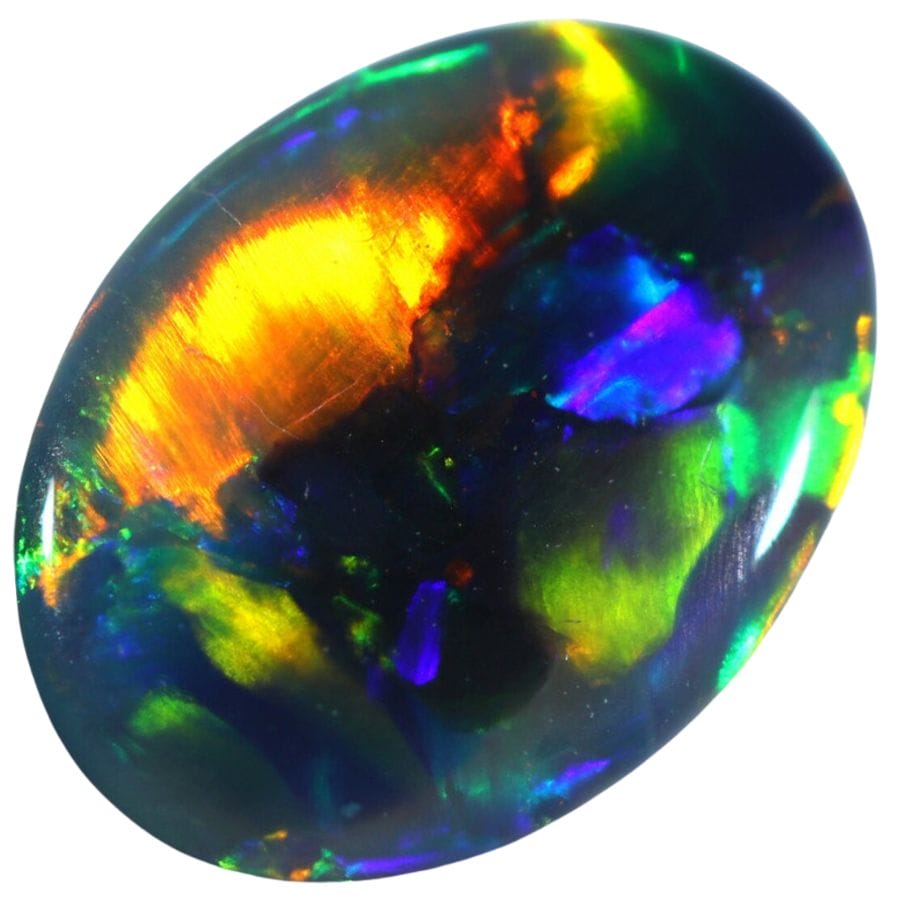
Opal
Opal is a hydrated silica mineral, prized for its captivating iridescence, often called “play-of-color.” While North Carolina isn’t as famous for opals as Australia, you can still find some incredible varieties here.
The types you’ll see in our state are mostly common opals, which don’t have the flashy rainbow-like colors, but they often show pastel hues like white, pink, and green. Occasionally, folks stumble upon fire opals with warm shades of orange or red, though they’re pretty rare.
Why It’s Valuable
What makes opal so special is its unique look—no two stones are exactly alike. Even the common opals found in North Carolina can make gorgeous jewelry or collector’s pieces.
Beyond their beauty, opals are also historically significant. Some people believe they bring good luck, creativity, and emotional healing.
Great Places to Find It Here
If you’re ready to go hunting for opals in North Carolina, here are some excellent spots to start.
- Bakersville Area: Known for its rich geological diversity, the Bakersville region is a fantastic spot for uncovering opals alongside other gemstones like quartz and garnets.
- Crabtree Falls: This area is a hidden gem for rockhounds, offering the chance to find opals amid a mix of other beautiful minerals.
- Cabarrus County: While better known for gold mining history, Cabarrus County has pockets of opal deposits waiting for the persistent and lucky digger.
Visit our in-depth North Carolina guide for more Opal locations.
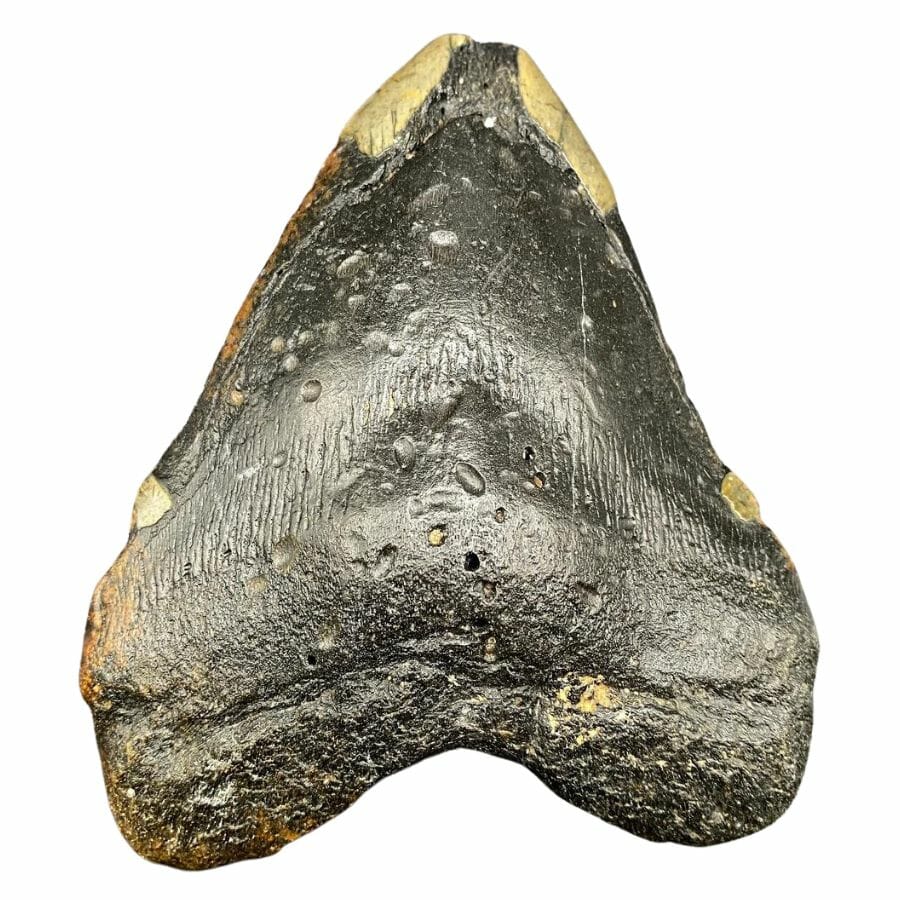
Megalodon Tooth
A Megalodon tooth is the fossilized remnant of the Megalodon shark, which lived roughly 23 to 3.6 million years ago. These sharks were enormous—some reaching up to 60 feet in length. Their teeth are equally impressive, with some being over 6 inches long!
In North Carolina, you can find a variety of Megalodon teeth, from smaller, serrated ones that were likely used for tearing through prey, to massive, smooth-edged ones that hint at the shark’s sheer power.
Colors can vary too, depending on the minerals in the surrounding sediment—black, gray, and even blue-tinted ones are not uncommon.
Why It’s Valuable
Megalodon teeth are valuable for several reasons. First, they’re scientifically important because they help us learn about these ancient creatures and the environments they lived in.
Second, they’re highly collectible. A well-preserved, large tooth can fetch hundreds—or even thousands—of dollars, depending on its size, condition, and rarity.
But for many people, including me, the thrill of finding one yourself is priceless. It’s like holding a piece of prehistoric history in your hands.
Great Places to Find It Here
North Carolina has some of the best fossil-hunting spots in the country, and the hunt for Megalodon teeth is a local pastime for many. Here are three great places to try your luck:
- Aurora Fossil Museum and Surrounding Areas: The town of Aurora is famous for its fossil beds. The museum even has piles of fossil-rich sediment outside where visitors can sift for treasures, including Megalodon teeth.
- Tar River and Other Coastal Rivers: These rivers are a hotspot for fossil hunting. Whether you’re kayaking or wading, keep an eye on the sediment along the riverbanks—Megalodon teeth often wash up here.
- Onslow and Pender County Beaches: Topsail Beach and other coastal areas are excellent after storms or high tides. Fossils often get churned up and deposited along the shoreline, making them easier to spot.
Find the best Megalodon Tooth spots across North Carolina in our complete guide.
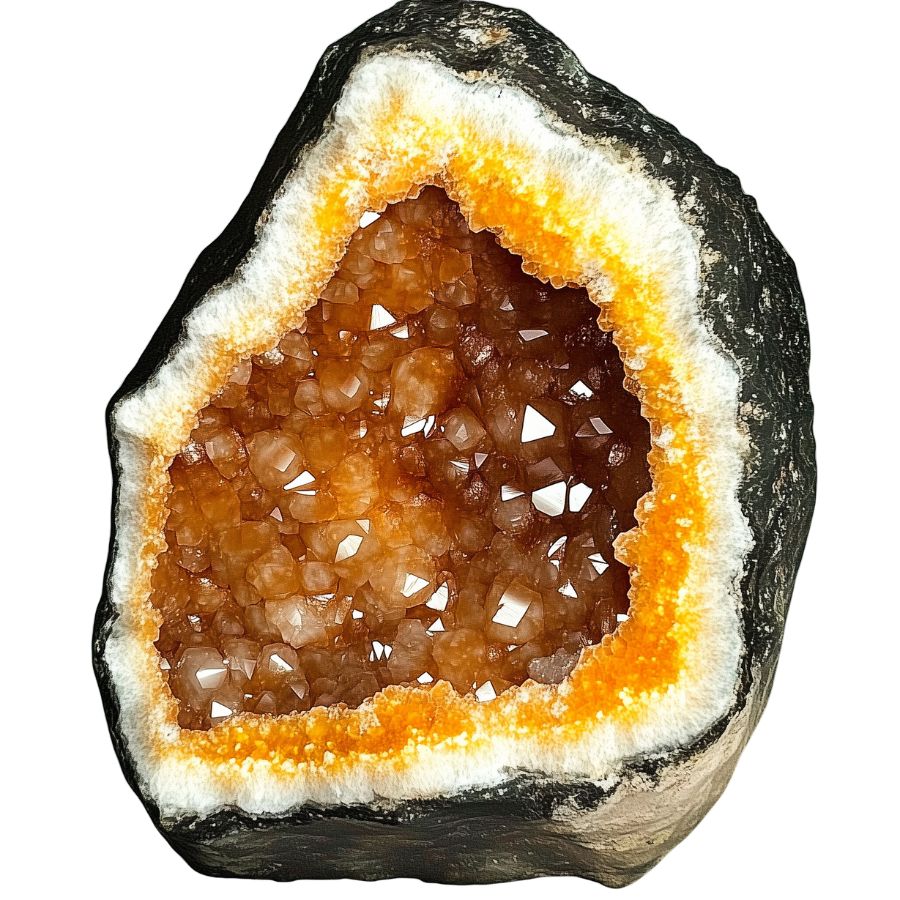
Geode
Geodes are hollow rocks lined with crystals or other minerals inside. From the outside, they might look like ordinary stones, but crack one open, and you could find anything from sparkling quartz to vibrant amethyst.
In North Carolina, the most common types of geodes are quartz geodes, though you can sometimes find calcite and even rarer varieties. These geodes often form in sedimentary rock like limestone or volcanic ash beds, making them fascinating snapshots of the Earth’s history.
Why They’re Valuable
Geodes value lies in their rarity, unique crystal formations, and scientific significance. For collectors, the intricate crystals inside are a prize, and for jewelers, the stones can be turned into stunning pieces of art.
Geodes also have educational value, helping geologists understand ancient geological processes.
Great Places to Find Them Here
North Carolina has some fantastic spots for finding geodes if you know where to look. Here are a few places to start your hunt:
- Little Pine Garnet Mine: This mine is known for garnets, but it’s also a hotspot for finding quartz geodes. Bring your tools, and you might leave with a sparkling surprise.
- Uwharrie National Forest: The forest is a goldmine for rockhounds. While you’re hunting for other minerals, keep an eye out for geodes along riverbeds or in exposed rocky areas.
- Shooting Creek: This area is a favorite among locals for finding quartz geodes. The creek beds and nearby rocky outcrops offer great opportunities to discover hidden treasures.
Get the full scoop on Geode locations throughout North Carolina here.
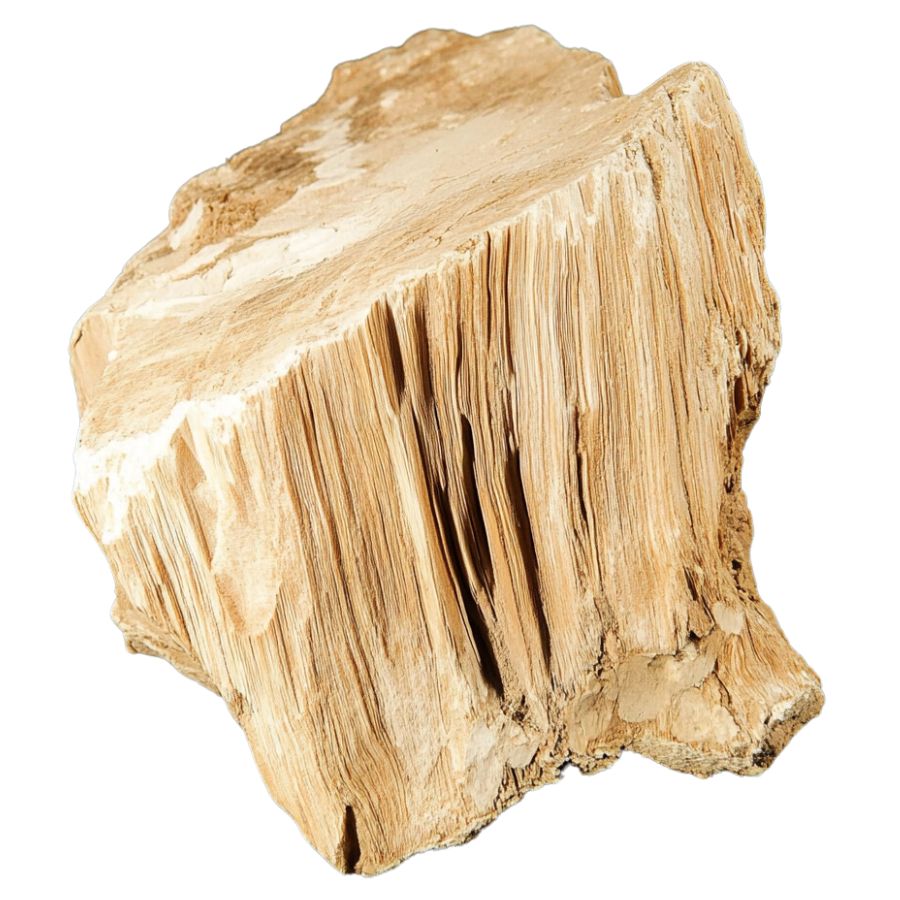
Petrified Wood
Petrified wood in North Carolina typically forms when ancient trees are buried under sediment and mineral-rich water replaces the wood over time.
The most common types found here include quartz-infused wood, which gives it a glossy, glass-like appearance, and colorful varieties featuring iron, manganese, or other minerals that create vibrant hues of red, orange, and yellow.
Sometimes, you might even find pieces that show intricate details like tree rings or bark texture.
Why It’s Valuable
Petrified wood is a piece of ancient history you can hold in your hand. Scientists and collectors love it for its ability to tell stories about what North Carolina was like millions of years ago.
For hobbyists and jewelry makers, it’s prized for its durability and unique, natural beauty.
Great Places to Find It Here
There are several spots where you can find petrified wood in North Carolina. Here are a few top recommendations:
- Aurora Fossil Museum and Surrounding Areas: Located in Beaufort County, this museum is a hotspot for fossils and petrified wood. The spoils piles near the museum are a great place to start your search.
- Cape Fear River: The riverbanks, especially in areas with eroded sediment layers, sometimes reveal petrified wood. Look for spots where natural erosion has exposed the layers of ancient deposits.
- Cumberland County: Check out areas near creeks and construction sites where sediment layers might be disturbed, giving you a glimpse of what’s hidden beneath.
Our comprehensive North Carolina guide reveals more Petrified wood hotspots.
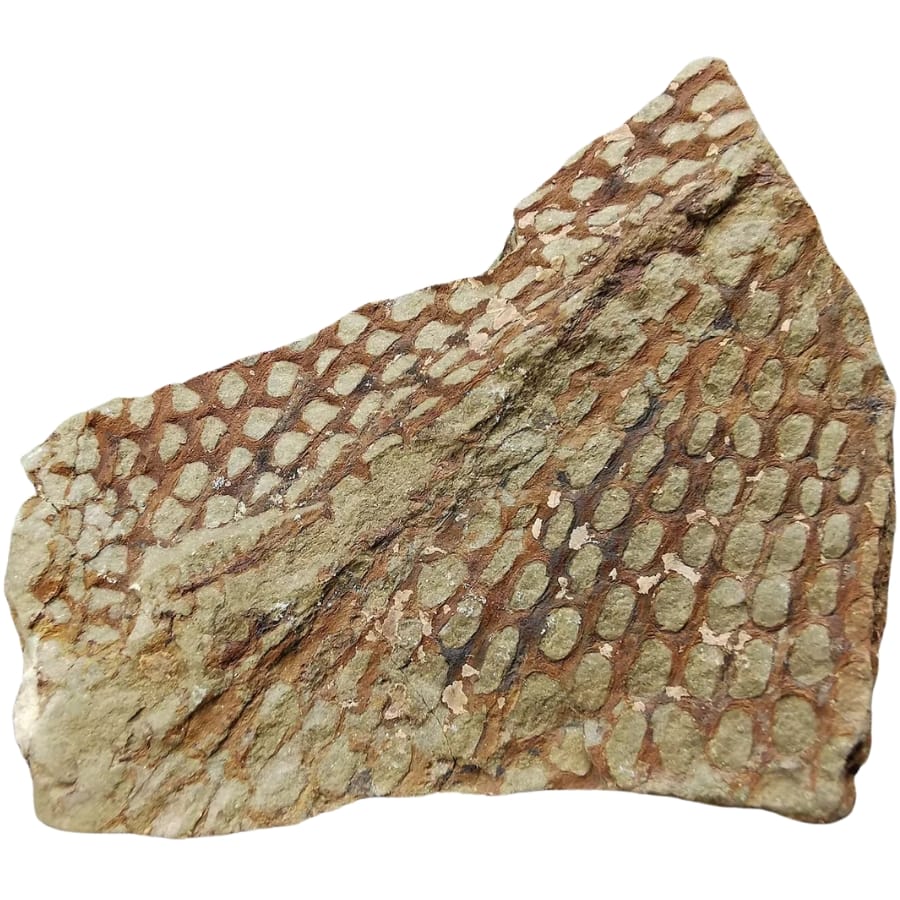
Fossil
Fossils are the preserved remains, traces, or imprints of ancient organisms. Here in North Carolina, we’re lucky to have a wide range of fossils that represent different periods in Earth’s history. Common finds include shark teeth, marine shells, and the bones of ancient mammals.
In some spots, you can even discover plant fossils or remnants from creatures like whales and giant ground sloths. Each type tells a story about what our state was like millions of years ago.
Why Fossils Are Valuable
Fossils help scientists understand how life evolved and how climates and ecosystems have changed over time. For us locals, fossils also connect us to the rich natural history of our state.
They make great educational tools for kids and are perfect for sparking conversations about science and history.
Great Places to Find Fossils in North Carolina
If you’re ready to go hunting for fossils, North Carolina has some awesome spots to explore. Here are a few of my favorite places to start your adventure:
- Aurora Fossil Museum and Pits: Located in Beaufort County, this spot is world-famous for its incredible fossil finds. The museum’s fossil pits are open to the public, making it a perfect destination for families and beginners.
- Tar River and Tributaries: The rivers around Rocky Mount are great for spotting shark teeth and other marine fossils.
- Greens Mill Run: This creek is a hotspot for fossil hunters, especially if you’re after shark teeth or ancient bones. It’s a bit of a challenge to navigate, but the rewards are worth it.
Discover hidden Fossil locations with our complete North Carolina guide.
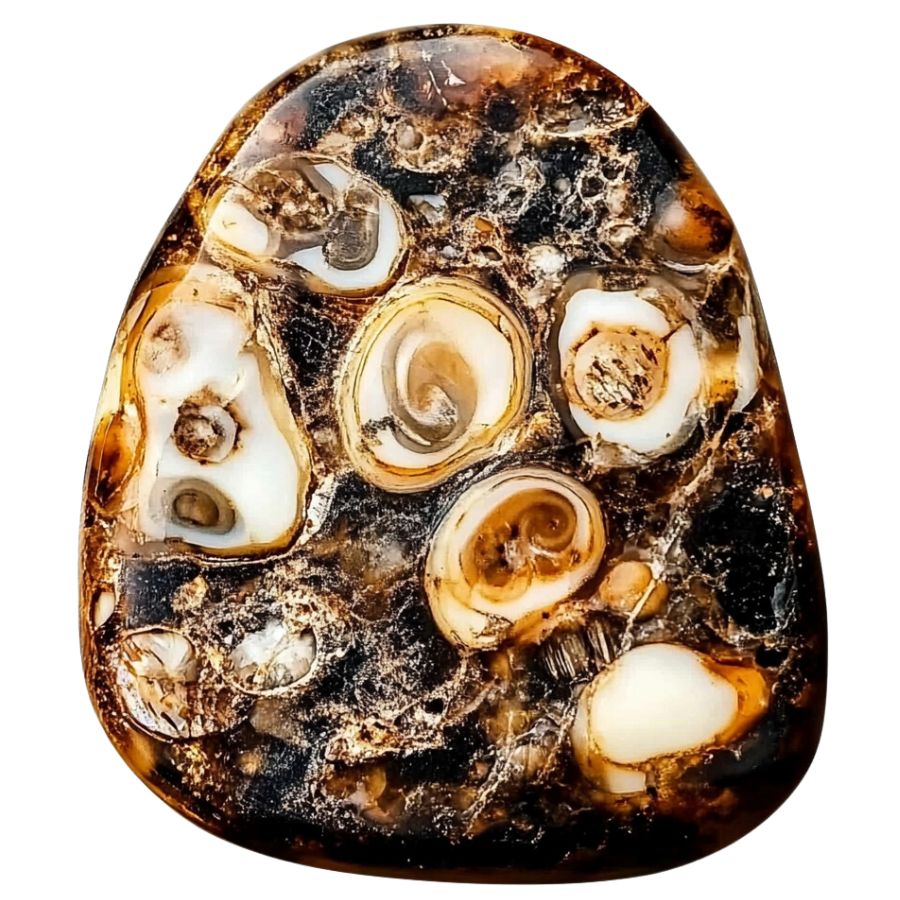
Agate
Agates are a variety of chalcedony, which is a type of microcrystalline quartz. They’re known for their swirling patterns and bands of color, which form over thousands of years.
In North Carolina, we’re lucky to have some beautiful varieties, including moss agates, which look like they have tiny plants inside, and banded agates with intricate layers of white, gray, and sometimes reddish tones.
You might even come across plume agates, which have feathery, almost flame-like inclusions. Explore every Agate location in North Carolina with our detailed guide.
Why It’s Valuable
Jewelers love Agate for making one-of-a-kind pieces, and collectors value rare patterns or colors. They’re even thought to have metaphysical properties, like promoting balance and grounding energy.
Great Places to Find It Here
North Carolina has some fantastic spots for hunting agates. It’s all about knowing where to look and being patient. Here are three places you’ll want to check out:
- Granville County – This area is known for its rich geological diversity. Agates have been found in creek beds, especially in areas where erosion exposes fresh rock layers. Bring your tools and keep your eyes peeled along watercourses.
- Little River in Moore County – Known for its variety of colorful stones, the Little River area has yielded some beautiful moss agates and other varieties. Keep an eye on shallow riverbanks and gravel bars.
- Gravel Pits near Asheboro – If you’re willing to put in the work, gravel pits can be a goldmine for finding agates. Just make sure to get permission if the area is on private property.
See where else to find Agate in North Carolina with our full guide.
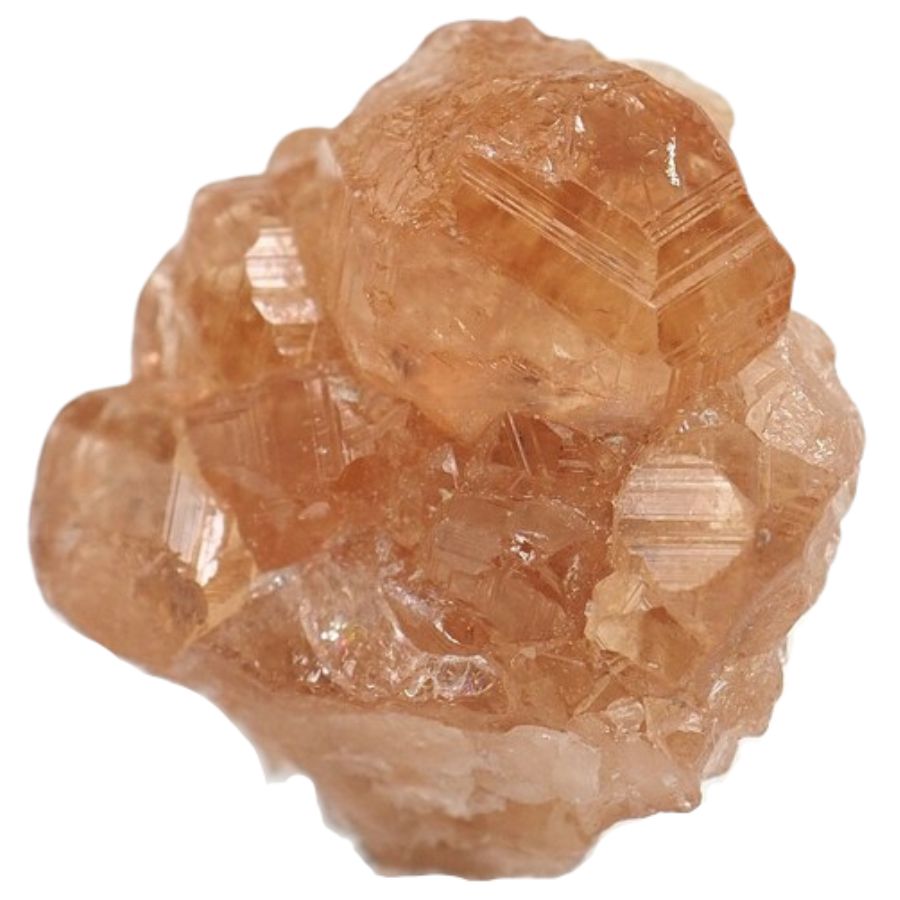
Garnet
Garnet is a group of minerals that come in a variety of colors, but the most common type found in North Carolina is the classic deep-red garnet. You might also stumble across garnets with reddish-orange or even greenish tones if you’re lucky.
These stones are made of a mineral blend rich in aluminum and iron, and they form in metamorphic rocks like schist.
Why It’s Valuable
Garnets are valuable not just for their beauty but also for their versatility. The deep-red stones make beautiful jewelry, especially when cut and polished.
Beyond that, garnets are used in industrial applications, like abrasives for sanding and cutting, because of their hardness.
Great Places to Find It Here
North Carolina is a hotspot for garnet hunting, and there are some awesome spots you can visit to try your luck. Here are three places I’d recommend:
- Emerald Hollow Mine in Hiddenite: This is one of the only emerald mines in the world open to the public, but it’s also a great place to dig for garnet. You can pan for stones or dig right into the dirt.
- Graves Mountain in Lincoln County: While known for its quartz and other minerals, you can sometimes spot garnet here. It’s a fantastic place for rockhounds to explore.
- Little Pine Garnet Mine near Marshall: This is a family-friendly spot that’s well-known for garnet hunting. The mine is a fun place to spend the day and get hands-on with your search.


